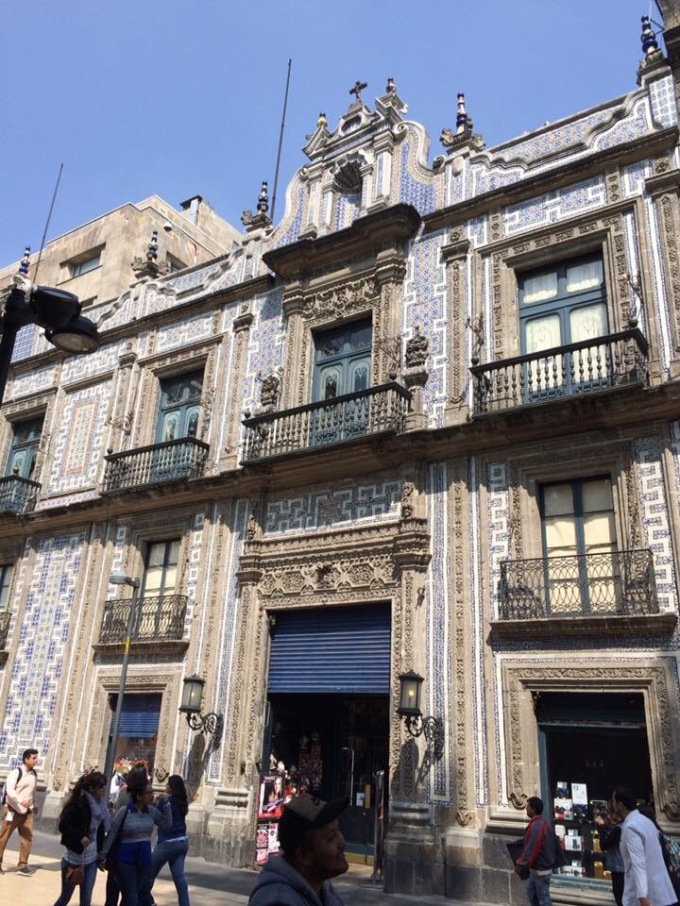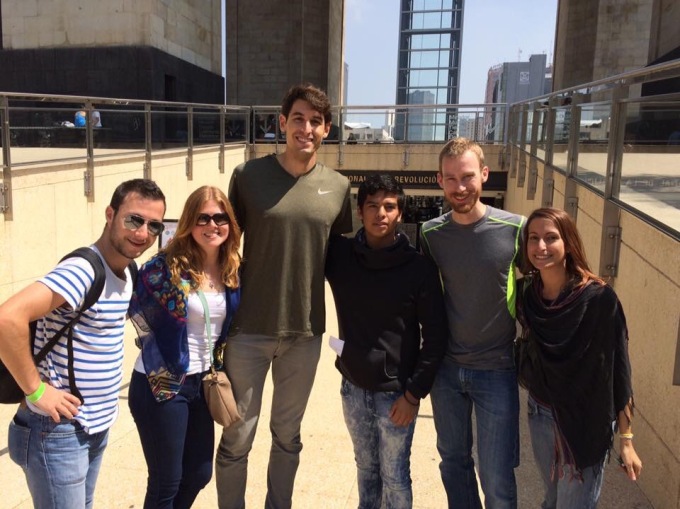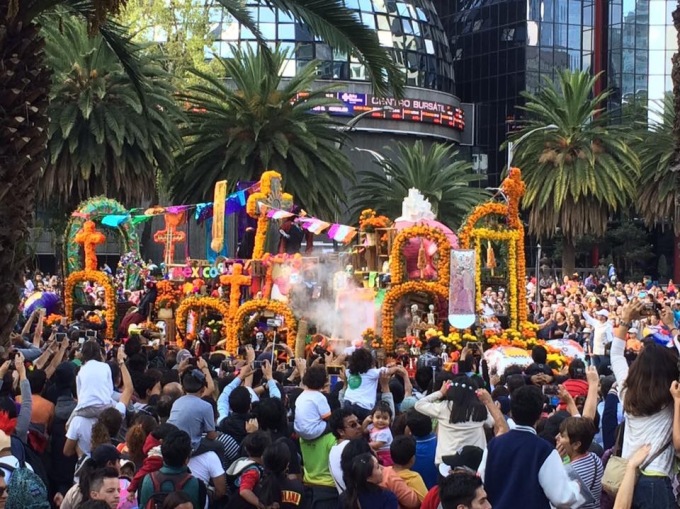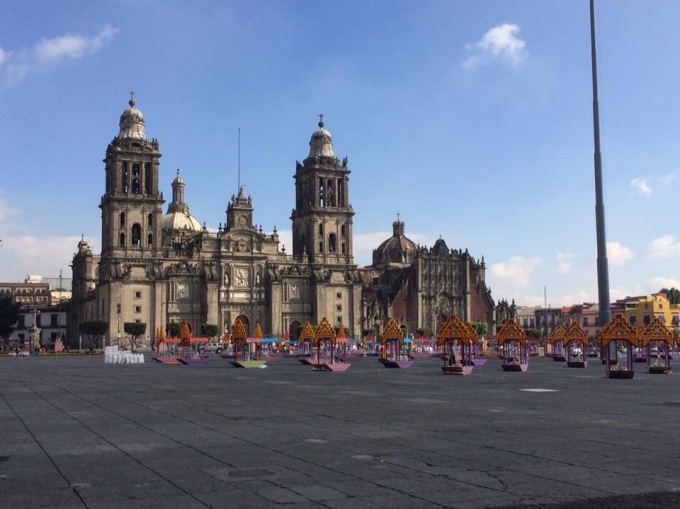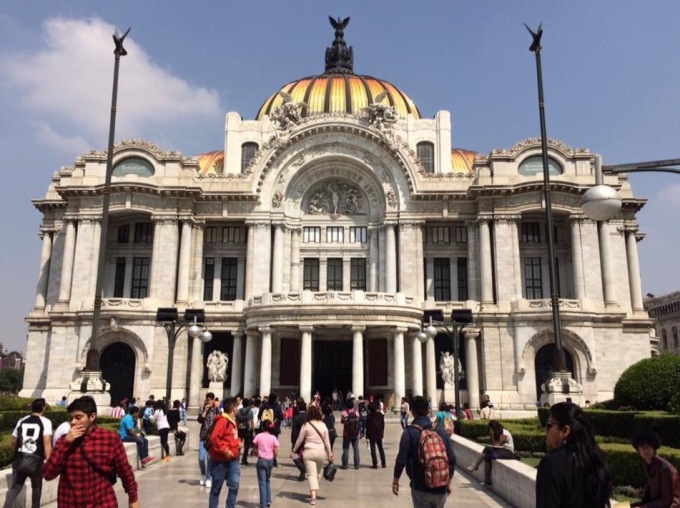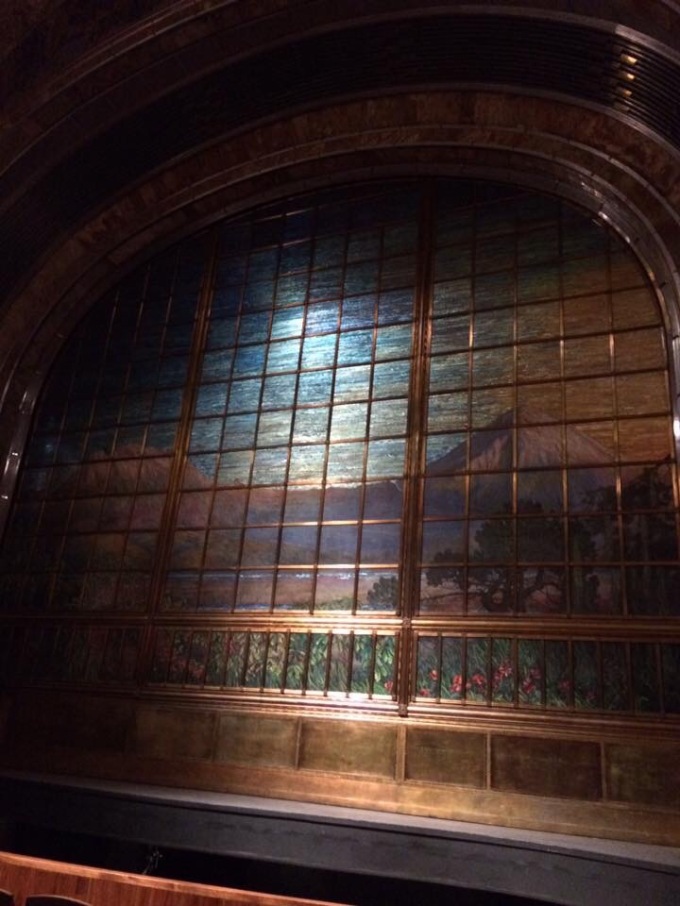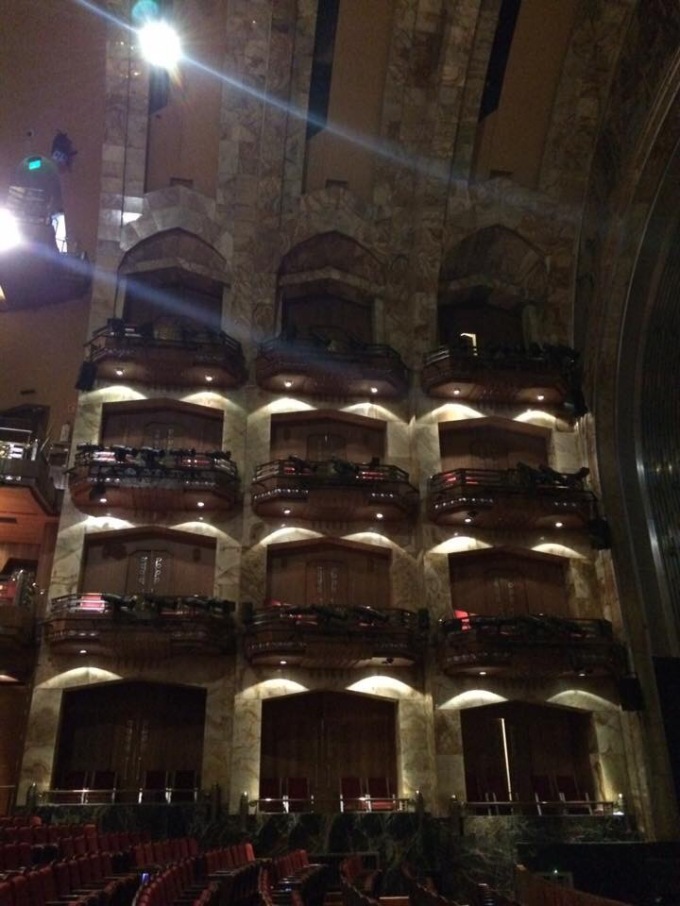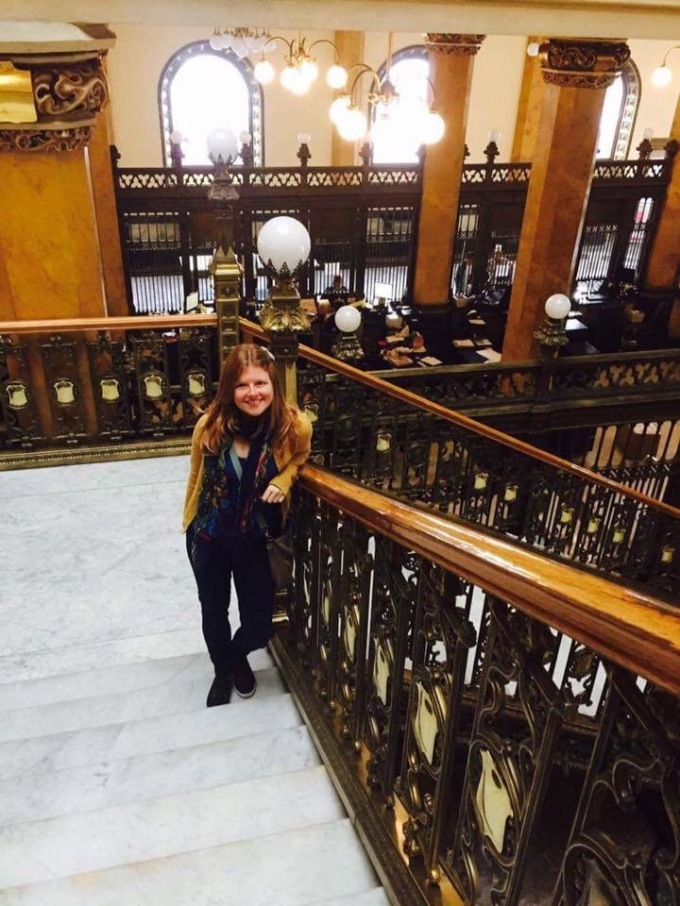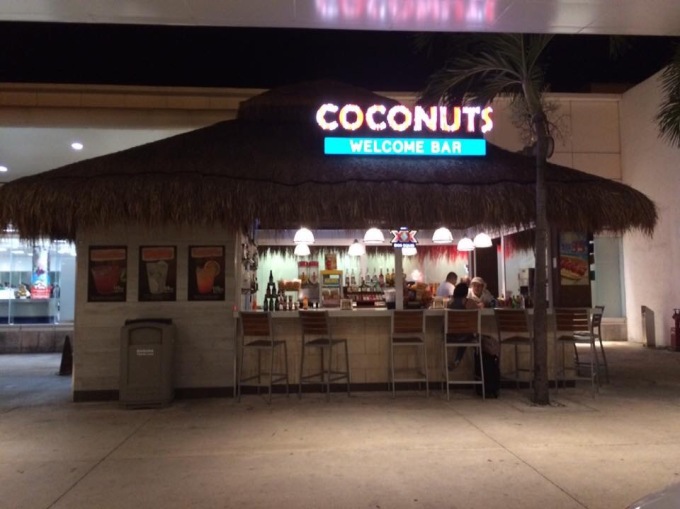Why didn’t I actually explore Honduras? One word. Diving. Really? Is it that obvious?
Two and a half years ago, my travel partner, Sam, and I booked our PADI Open Water course on the Thai island of Koh Tao. We loved it so much that we also completed the Advanced course. This has equipped us with the skills to be able to dive up to thirty metres in depth.
The poster for Dreamgate’s cenote near Tulum Mexico. The hardest cenote to navigate.
A couple of years on, and I proudly have thirty-two dives under my belt, ten of which were in the cenote caverns near Tulum in Mexico. Quite the achievement for someone that suffers from claustrophobia.
So what is that draws us to the dangerous impossible world below the depths of the ocean? The keyword here is ‘impossible’. Because impossible it is not. Not anymore. Modern day dive equipment is lightweight, (let’s forget about the oxygen tank for now…) streamline, and with professional yearly servicing, safe. The bottom line is, humans are not meant to breathe underwater, but with the combination of science and technology, we have access to a calming, tranquil environment, and the ability to observe the bizarre creatures that share the planet’s treasures with us.
Diving can be an expensive hobby. It requires a range of equipment that is not compact and not really fit for travel. Here’s a list of the basics you need to dive:
- BCD (Bouyancy Control Device)
- Regulator
- Mask (with snorkel)
- Fins
- Wetsuit or drysuit (temperature depending)
- Weight belts and weights
- Oxygen tank
That’s quite the list, right? And that’s assuming you’re simply fun diving with a dive master to guide you. They will have other added extras equipped, such as a dive computer (this looks like a big waterproof watch) to monitor depth, time and navigation.
So how exactly are we able to freely access this sport? Renting of course! The equipment is often included in the price when you book your fun dives or courses, but this is not always the case, so be sure to check. Even though it’s unnecessary for you to have your own gear, it is recommended that you purchase your own mask. There is nothing worse than not being able to find one that fits your face. An ill-fitting mask can lead to water leakage and an uncomfortable dive experience. It’s not much fun when your spectacles are too foggy or you have to keep stopping to clear them of flooding.
So you’re in a new coastal town and there’s a vast array of dive centres to choose from. Take your time to shop around. Check their online reviews, prices and photos. Go in and talk to them directly. Ask to see the equipment. Sometimes, it’s better and safer to pay more for your dives if the rental gear looks well maintained. You could even go as far as discussing the different dive sites they will take you to and what you might be able to see.
Sometimes, it simply pays to go with the cheapest option around, and after spending over $600 on ten fun dives in Tulum’s cenotes, I was looking for a bit of light relief on the purse strings.
As recommended by many, the island of Utila, an hour’s boats ride North of Honduras, is one of the cheapest places in the world to learn and enjoy diving. After extensive research online and a number of emails requesting prices/details, I chose the least expensive dive centre on the island. $210 for ten fun dives with five nights of accommodation and free use of their kayaks and snorkelling equipment. They even gave me an additional night free as I had nowhere to stay when I arrived. This awesome place is called Paradise Divers. It is conveniently located right next to the dock, so I didn’t even need to haul my backpack any further than a few hundred metres. Always a travel bonus.
 View of Paradise from the ferry
View of Paradise from the ferry
It was low season when I arrived, so the centre was very quiet, but they were still putting on a big barbecue for all their friends that night and had invited the diving guests. I instantly felt welcome. In a three bed dorm, I had the room to myself for the entire week. Just in front of the reception was a common area with tables and benches for you to eat, socialise, or more importantly, crack open a bottle of post-dive beer. We also had our own dock where the dive boat was moored. I loved being able to sit on the front of the boat at night and look up at the stars, feeling the gentle sway of the vessel, dreaming about what I would see among the reefs the following day.
 Fabulous fresh meat on a makeshift barbecue
Fabulous fresh meat on a makeshift barbecue
Every morning, a fisherman would use our dock to sell his freshly caught tuna to the locals. I bought a pound of fully filleted tuna for the equivalent of £1.77! I ate like a backpacking queen for two nights in a row.
Our friendly local fisherman at the dock
The best part of my day was talking to my dive master, Negro, after a morning of exploring Utila’s plentiful reefs. He would excitedly sit beside me with a marine book, specific to the area, and point out all the sea life we’d encountered. His oozing passion inspired me to compose a list (see next blog post for said list, and my own, ‘National Geographic’ worthy, photography) so that I never forget the names of each fish, shrimp or eel that we were lucky enough to meet.
 Dive Master, Negro, blowing bubbles
Dive Master, Negro, blowing bubbles
I will forever sing the praises for Paradise Divers and will recommend them to everyone. Yes, the equipment is mis-matched and a bit tired but it is in full working order, and it just made me more aware of completing checks to make sure I would be diving safely. Using top notch equipment all the time doesn’t make the best diver out of you. If you’re serious about the sport, and want to explore a career option, you need to be able to recognise signs of equipment failure, learn about servicing and know how to respond in case of an emergency.
 Fellow diver, Logan, with instructor, Juli. Logan passed his Open Water Certification that day
Fellow diver, Logan, with instructor, Juli. Logan passed his Open Water Certification that day
Admittedly, when I was researching Utila’s abundance of dive schools, I was almost put off by a terrible review on trip advisor. I read it a couple of times and decided that the author was probably over-reacting; it was titled, ‘Almost Died’, which, under the expertise of the staff, I know would never have happened. So I took a chance and booked my ten fun dives with them. The day before I got to Utila, I met a couple from England that had steered clear of Paradise due to the same review.
 Clara from Paradise, showing me the beautiful reefs that Utila has to offer
Clara from Paradise, showing me the beautiful reefs that Utila has to offer
Please think carefully when writing your opinions online as they can be really damaging for a company, especially those smaller struggling business. If you have a genuine concern about a service, try to speak to the manager/owners directly, before tarnishing their reputation on the internet. We don’t want to live in a world of Monopoly do we? We want to live in a world of choice, fairness, and sustainable tourism.
This post was written in El Tostador, a café in the centre of San José, Costa Rica. Their double espressos are like liquid gold. I had a breakfast of huevos revueltos con tostadas y guanabana batidos en agua (scrambled eggs with toasts and a soursop smoothie with water).
























